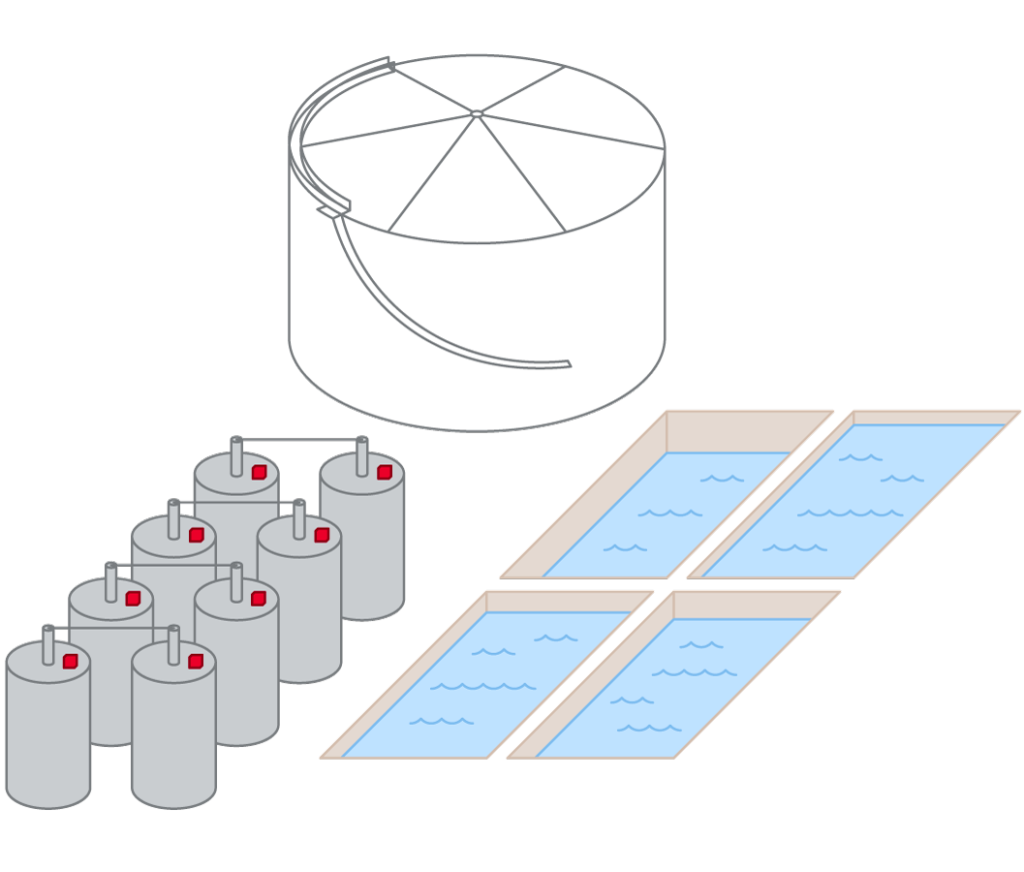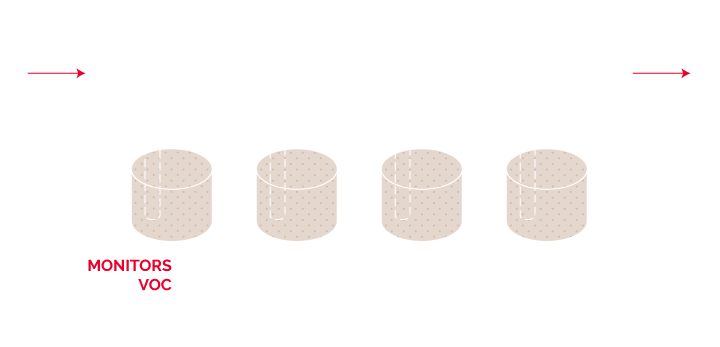Intrinsic Safety certification
This means the unit can be installed in most explosive-rated environments not requiring an intrinsically safe barrier. For example, it could be used directly on top of a gasoline tank or it can be installed in a petro chemical refinery. This one feature makes the Advantis product more flexible than most on the market.
Wireless
The SM uses cellular (has satellite and radio options) to communicate to the main server. It can also communicate in the field with multiple other SM’s creating a field network. Or, the radios can be used to communicate long distances for a private network.





